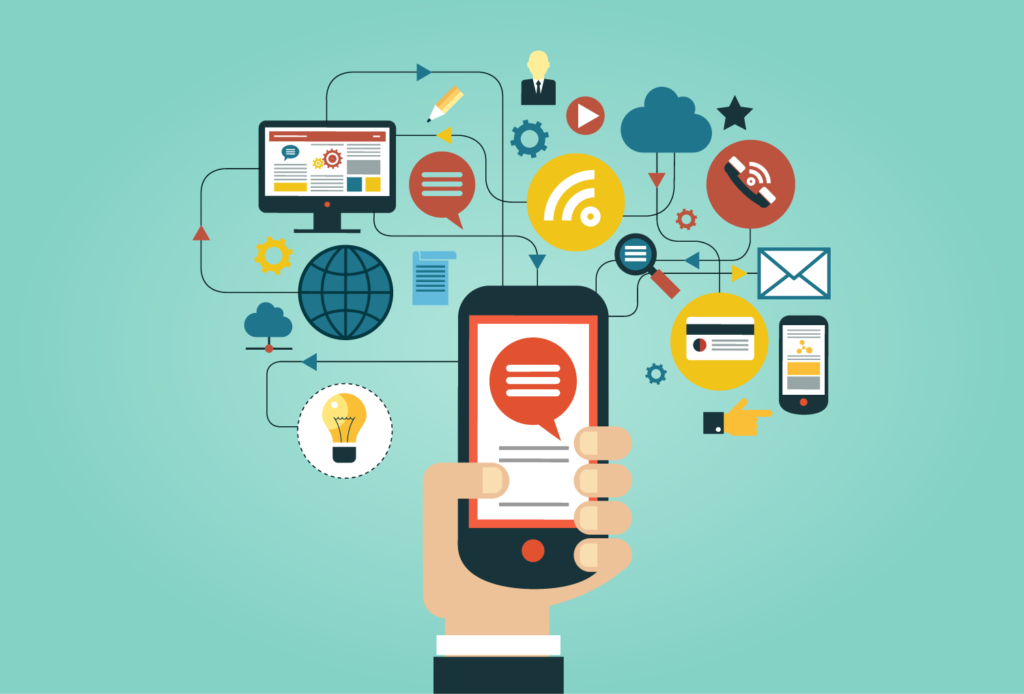
There were two interesting posts this past week from Bernard Marr at Forbes and Pam Baker at FierceBigData on how big data will evolve and the predicted impacts on businesses. Marr kicked off the conversation by bringing together 17 big data predictions that suggest it will continue to grow as a differentiator that sets companies apart, while Baker responded with her own predictions about big data in the future.
Our company sits at a unique place in life sciences that positions us to have insight into how big data may impact clinical development. Marr and Baker were both considering the broad, consumer perspective, and we can add our unique view to the mix.
Smart Data
We agree with Marr that data volumes will continue to grow rapidly, driven in our corner of the industry by several trends including connected device studies, the use of real world evidence to inform study design and execution, the falling cost and increasing promise of genomics, and the increasing hunger of payers for outcomes-based evidence.
The challenge with big data is that it’s just that — big — but not necessarily smart or actionable. Big data by itself is not the end game; it’s the insights that can be drawn from data that we’re all after. Smart data, on the other hand, is what you get when you put big data through the right process of standardization, benchmarking, and analysis. If done correctly it can be delivered to end users in a timely and context-specific manner through vehicles like predictive models.
In our experience there is a gross misunderstanding of the amount of effort required to transform unstructured data to a format that will allow you to extract maximal insights and business value. We believe this is why so many data warehousing initiatives undertaken by our customers never realize their full potential. At Medidata we jokingly call them “Houston Street Projects”— they are always under construction, have no end in sight, and cost an order of magnitude more than budgeted.

In Marr’s article he touches on actionable data, but skips over how to achieve it. After data is captured, it first needs to be standardized. Standardizing the data takes up the vast majority of the effort needed to extract value. To highlight this point, we have invested the equivalent of decades of manpower in standardizing our operational and clinical data assets, and only after that investment are we now starting to draw valuable insights from the data through tools like OPAL.
In the coming weeks we’ll talk about the types of insights we are starting to draw from our work with some of our early adopter customers, how we are building out predictive models around study startup and enrollment, and the transformational value that we believe will be delivered to the industry through these and other initiatives we are undertaking.
The status quo of operational performance in pharma is no longer acceptable, and data science will be the discipline that transforms our industry. If you arm the right people in your organization with relevant, timely and actionable insights, it will transform your performance in the marketplace, and help us all deliver more effective therapies to patients.
Stay tuned if you’re interested in learning more about smart data. This spring, we’ll run a series that dives into more detail about smart data development.
